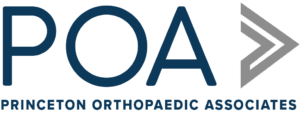
Physician Assistants
Physical & Occupational Therapists
KneeMRI ScansNon-OperativePhysiatry
Physical Therapy
Podiatry
Spine
Sports Medicine
TraumaUrgent Care
X-Ray Imaging

You may have heard the term “bowlegged” or “bowlegs,” but what does it mean? Bowlegs are a deformity mainly in the knees that causes the legs to bow outward. It’s common in infants because of their positioning in the womb, but as they grow, develop, and begin to walk, their legs should straighten naturally. For those whose legs don’t straighten, you may need treatment or surgery to correct a bowlegged deformity.
Infants are born with their legs in a bowed shape because of how they are positioned in the womb. Their bones develop and harden in the first three years of their lives, and the legs usually straighten as the knees move into proper position. However, if the legs are not straight by age three, that’s when a child may be diagnosed as bowlegged.
Bowleg deformity is more than an issue of appearance. It can also cause knee and hip pain; limited mobility, particularly in the hips; difficulty walking or running; or instability in the knees. The symptoms may get worse as the patient grows. Knee arthritis is common in adults with bowleg deformities.
Several diseases or factors can cause bowlegs; these include:
If treatment is begun early while the bones are still developing, it is possible to treat without surgery. Braces may be used to straighten the legs and allow them to develop straighter. Physical therapy may also help the bones straighten out on their own.
As the patient ages, surgery may become more necessary, particularly for teenagers and adults whose bones have fully hardened and are no longer growing and developing as those of children. In this case, an osteotomy is performed to straighten the leg. Usually, an osteotomy involves correcting the tibia (shin bone) just below the knee. Still, it sometimes can affect the femur (thigh bone) instead of a combination of both bones if the deformity is severe.
During surgery, an incision is made on the side of the knee. A notch is cut in the upper part of the tibia near the knee joint, and the tibia is spread until it is appropriately aligned with the knee. Bone grafts are put in the notch, so the bone fuses with them and stays in its proper position. A plate is screwed into the tibia to hold the bone in proper alignment. In more severe cases, a surgeon may insert pins to screw into an external fixator, which sits on the outside of the knee and stabilizes the bone as it heals.
Most patients will begin physical therapy after about six weeks. Recovery from an osteotomy can take anywhere from 3-6 months, depending on the severity of the deformity and the complexity of the surgery to repair it.

© 2023 Princeton Orthopaedic Associates. The contents of princetonorthopaedic.com are licensed under a Creative Commons Attribution-NonCommercial 4.0 International License. Copying without permission is strictly forbidden.